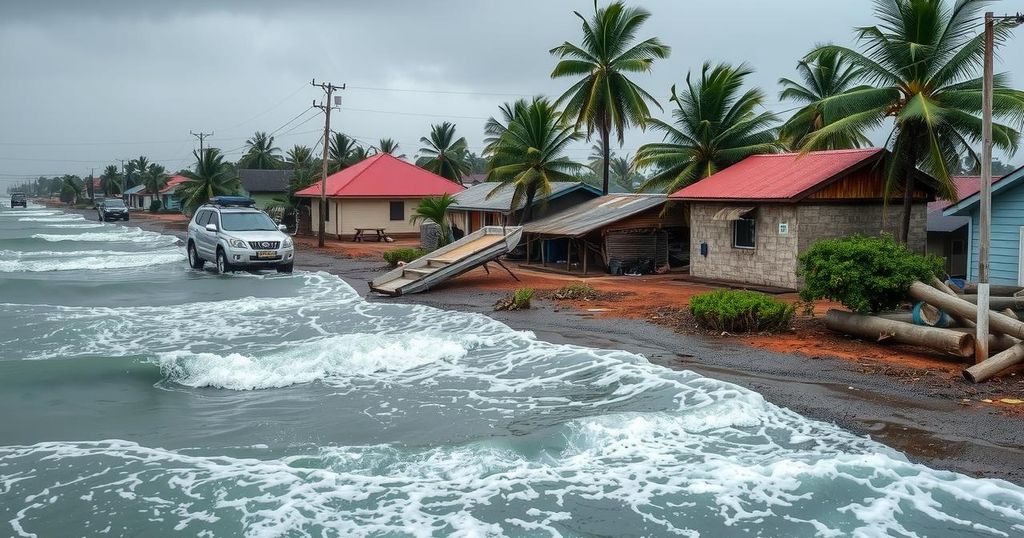Cyclone Chido: Death Toll in Mozambique Reaches 120 as Recovery Efforts Continue

Cyclone Chido’s impact in northern Mozambique has resulted in 120 fatalities, 868 injuries, and affected over 680,000 individuals. Significant destruction occurred in Cabo Delgado, Nampula, and Niassa provinces, with more than 140,000 houses damaged. The national disaster relief agency reported the establishment of emergency shelters for those displaced and emphasized the need for resilient planning to mitigate climate-related challenges.
The devastation caused by Cyclone Chido in northern Mozambique has resulted in a tragic death toll of 120 individuals, alongside 868 reported injuries and over 680,000 people affected by the disaster, according to figures released by the national disaster relief agency. The cyclone struck on December 15, unleashing severe storms and torrential rain, leading to widespread destruction within the provinces of Cabo Delgado, Nampula, and Niassa.
Cyclone Chido originated in the southwestern Indian Ocean on December 5, impacting the French overseas territory of Mayotte before proceeding to Mozambique. The cyclone, characterized as a tropical depression, intensified into a severe storm, subsequently wreaking havoc on local infrastructure and communities in Mozambique. The National Institute for Disaster Risk Management and Reduction (INGD) elaborated on the extensive destruction, with over 150,000 homes, schools, and healthcare facilities reported damaged or destroyed, significantly affecting more than 110,000 students.
In summary, Cyclone Chido has inflicted catastrophic damage on northern Mozambique, leading to significant loss of life, injuries, and widespread infrastructural devastation. The government’s immediate response includes establishing emergency shelters for the displaced population. The cyclone’s impact reiterates the urgent need to bolster the resilience of social infrastructure against the increasing threats posed by climate change, thereby highlighting the necessity for enhanced disaster preparedness and recovery strategies.
Original Source: www.socialnews.xyz








